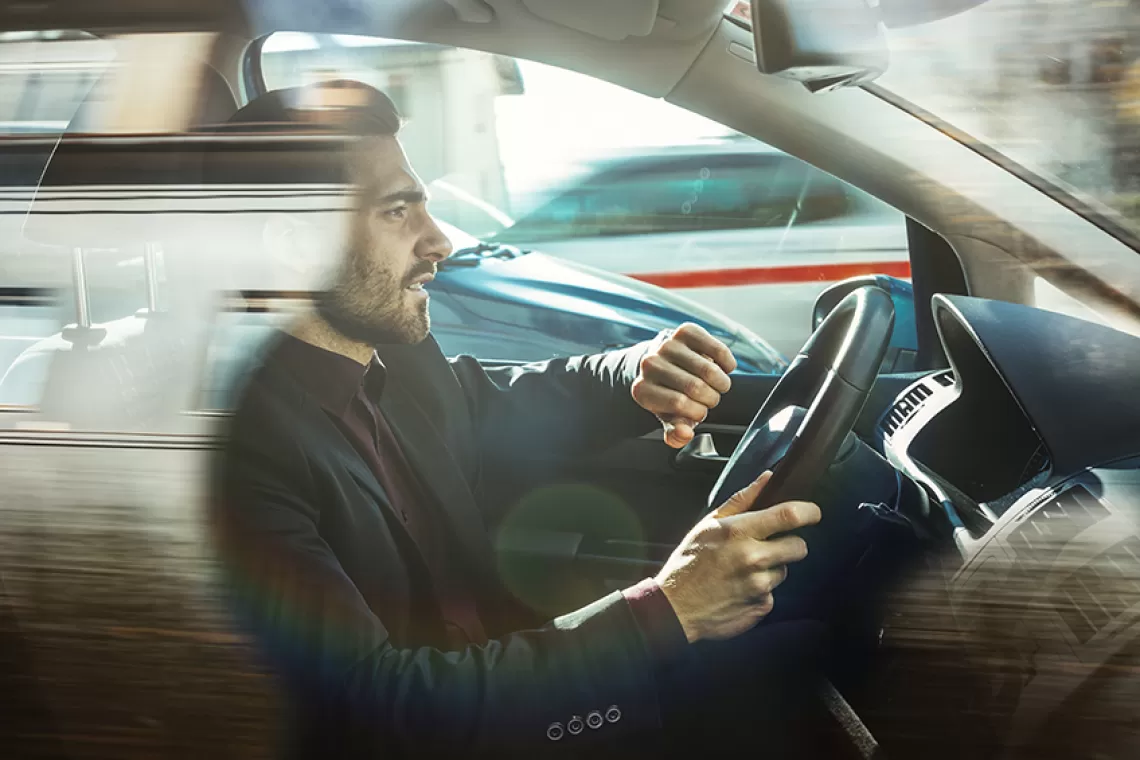
Affecting Risky Driver Behavior
"Ultimately, knowing what drives us puts us in the driver's seat.
—Susan M. Schneider1
We as humans behave the way we do for one reason: to get what we need and want. This is quite a bold statement, I know, but it is pure science, the science of behavior. Although the focus of this article is driver behavior, what you will read can be applied to any behavior. But, before we move forward with understanding why drivers engage in behavior that can put themselves and others at risk, let’s start with some of the basics.

Why do we do what we do?
When I talk about behavior, I am talking about anything a person does. This can include what we say and think as well as our actions.
We spend our lives behaving in particular ways. Sometimes, we may be able to easily see and explain why we are doing what we do. But other times it may be more difficult. I would venture to guess that every person reading this paper has engaged in some sort of unhealthy or harmful behavior that was not in your best interest. I’ll go one step further to bet that we are still engaging in at least one of these behaviors, even though we know the possible negative outcomes. But why? Why do we choose the greasy bacon cheeseburger and fries rather than ordering the healthy salad? Why don’t we get the recommended amount of sleep and exercise? Why do people still smoke they clearly know the harmful effects? Why do people continue to text, take selfies, and post on social media while driving when they know the statistics for distracted driving?
Behavior is a function of its consequence.
Simply put, we behave in response to our environment. In other words, our behavior, what we do, is driven by what is going on around us. It can be boiled down to very function of its clear and simple model: consequence. the A-B-C Model of behavior. By looking at what is going on right before and after a person does something, we can get a better idea as to why they are doing it.
In layman’s terms, an antecedent is something that happens before the behavior. Think of it as a trigger. These triggers tell us what to do and what we will get for doing it. A stop sign triggers a person to push the brake pedal. A telephone ringing triggers a person to answer the phone.

A consequence is what happens as a result of the behavior. It’s basically what we get from behaving. Every behavior has a consequence and consequences are what drive behavior. Only when behavior comes in contact with consequences do we know with certainty whether the behavior will happen more often, remain the same, or decrease.
If we can figure out what triggers a person to check his or her email while driving down the highway and the consequence or reward for doing so at that very moment, we help them alter their behavior when in similar circumstances in the future.
Take the previous example regarding checking emails while driving. The trigger is a noise one’s phone makes that notifies him that he received a new email. The driver than picks up his phone and check is his email. The consequence could be one of several: the relief of anxiety about wondering if it was an important email, the information the email contained, or the simple reduction of “boredom” from driving (a distraction).
Let’s look at another common risky behavior, speeding. There are many stimuli in our environment that may trigger speeding. The sight of the time on the clock, a deadline or quota that must be met, a strict policy for being late to work. Speeding is then reinforced by meeting the deadline, relief that the employee won’t be late, or avoiding the reprimand of missing the daily quota.
Generally speaking, there are two general reasons why we do what we do related to consequences:
- To get the good stuff
- To avoid the bad stuff
We speed to get to our destination quicker, to avoid being late, because we like the thrill. One may text a friend while driving because he gets a response, because he is less bored because he feels better knowing he responded back. A woman may put on her makeup while driving because it saves time or because she looks better after.
If we know these behaviors are risky or dangerous and we know the statistics for risky driver behavior, why do people still do it? Is saving a few minutes by putting on makeup in the are worth the risk? Or does texting a friend back right away really make us feel less anxious?
The remainder of this paper will provide 3 reasons why we do one thing when we know we should be doing another and some simple things we can do to help improve driver safety.
Reason 1: Motivation from the inside is not enough
When we say someone is “motivated,” we are saying they are behaving in ways that get them what they want (i.e., the outcome or consequence). Thus, the behavior, and motivation to engage in that behavior, will change if the outcome (i.e., consequence) for that behavior changes.
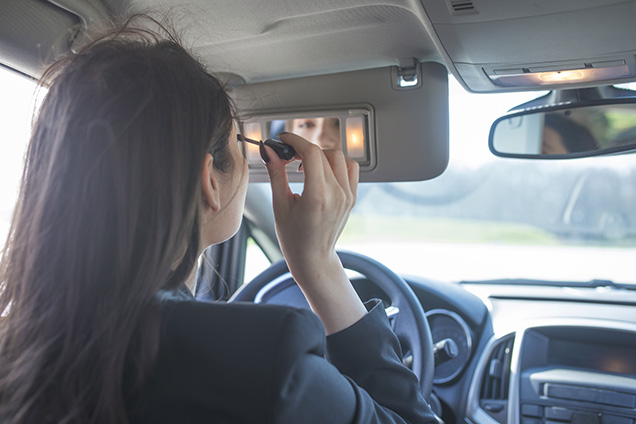
For example, the consequence may become more or less desired by the performer. Unfortunately, the natural consequences alone for some behaviors are not enough to maintain desired, safe behavior. Driving safely may be the feel-good motivation, or at least what we say we want, but in fact it is the ease with which we push our pedal down or want to get home to a good dinner that may be "driving" us. And it may be the case that the outcomes that promote risky driving, are often influencing our actions without our conscious understanding. We do not intend to do the wrong thing, but unless we understand the laws of behavior that maintain old habits, we are all most likely behaving as we have done in the past under similar situations.
Even when there is a large enough consequence, say a bonus for a safe driving week, it still may not be enough to achieve the desired behavior. The consequence may not be “the good stuff” for that individual. In other words, the person may respond to something else, a more-desired outcome, beyond the bonus. For example, to someone who is often overlooked for safe driving, being recognized by a supervisor for safe driving may be a new and good feeling, leaving the individual wanting to do more of the behavior that got the supervisor’s attention.
Understanding the consequences people get from behaving the way they do is the key to changing behavior.
When the natural consequences for a behavior are not enough to achieve desired behavior change, a behavior analyst might suggest adding in other consequences to make the behavior “worth it.” An incentive-pay system is an example of adding consequences when the natural ones are not enough.
Let’s look at how motivation may impact a driver’s behavior. It is probably accurate to say that if you ask any driver, they will say they are motivated by beliefs and values they have been taught about driving safely. Yet, according to the National Occupant Protection Use Survey (NOPUS) at any given daylight moment across the US, approximately 660,000 drivers are using their cell phones or manipulating electronic devices while driving. This statistic highlights the notion that being motivated by the right thing to do—driving safely—is simply not enough. Let’s discuss why this happens.
Reason 2: Competing behaviors and consequences
If a person wants to do as they are supposed to, whether that is eating healthier, flossing one’s teeth, or driving safely, then why don’t they do it? Oftentimes, an individual fails to engage in desired behaviors such as those listed above because the consequences support the other behavior instead; behavior that competes with the desired one.
Remember, behavior is a function of its consequence, so if a person is behaving in a way that goes against what he should be doing, it is because the consequences for the behavior he is doing are strong; so strong that they overpower those for healthy eating, teeth flossing, or safe driving.
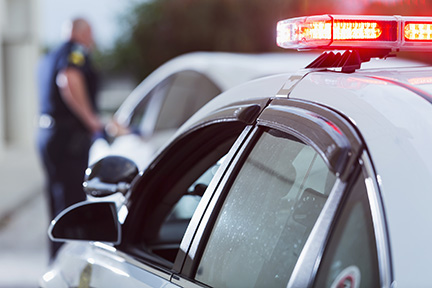
Every time we behave, we appear to have a choice. It is extremely unlikely that only one option is available. You can choose the salad or the burger. You can choose to sleep for one more hour or get up to go to the gym. You can choose to check your text message while driving or keep both hands on the wheel. Using the word "choice" implies we willfully drive too fast, don’t care, etc. We do what we do because we have been reinforced for doing so. Habits that are bad for us have been taught. We need to learn and be reinforced for new behaviors. If we are choosing incorrectly, it’s because the consequences are supporting that choice, not because we are intentionally making poor choices. If we rarely are caught speeding or get the consequence we want through a quick text, with no harm done, the likelihood is increased we will do so again. Instead of blaming people for their actions, behavior analysis teaches us to look at the environment, the contingencies maintaining those actions, and then how to change those long-learned habits that might be, over and over again, reinforcing bad outcomes.
Usually, people choose to engage in less-desirable or risky behavior in general, and specifically while driving, because the consequences for those risky behaviors are of greater value to the individual driver at that moment; meaning they are more immediate and more certain in getting to desired outcomes.
A lot has been written about risky behavior and taking shortcuts and why we engage in such behaviors. When a behavior is certain to result in a devastating outcome, such as injury or even death, those behaviors are not tolerated. But almost all of us respond to being clearly told that such behavior does not work where we work. When the person’s intent is not judged but rather the effects are clearly outlined, many people can change their performance with such non-shaming and clear instruction. “I am not judging what you might have intended by that risky driving episode. You may have wanted to get the work done on time and thought that was a value we needed from you, but I can see the effect of the behavior, and it put people at risk. I know you can change your behavior to match the good intentions you have. Let’s pinpoint new behaviors you want to do, so you can see and track how well you are doing to reduce those patterns that might lead to dangerous outcomes.” The person is given a path forward. Some behaviors are too dangerous, and the driver simply cannot be allowed to drive. His history of judging his effects may be lacking and a different kind of learning needs to occur. The company can decide if it has the capability of such retraining. In most cases, new and less-risky behavior can begin immediately when clear signals for behavior are given and a positive path forward is laid out.
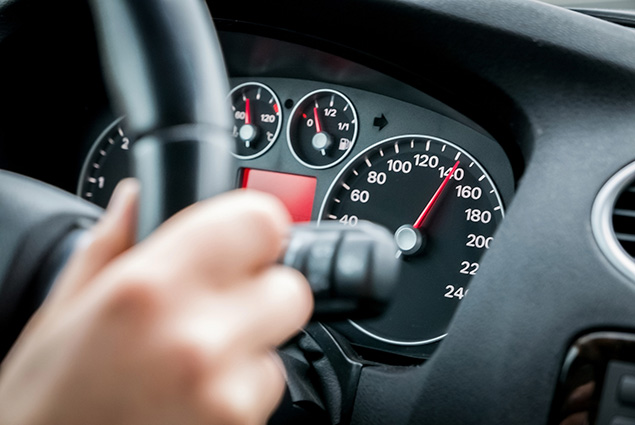
We all can begin a process of learning how to delay and persist in ways that are much better for us and those around us. Remember, consequences that are certain, immediate, and positive for the person are the external motivators that keep bad or good behavior patterns going. Texting while driving produces an outcome that is certain (my message will go through now), more immediate (I get a response right away), and more valuable (I get to see what my friend, loved one, spouse, etc. has to say) than that of driving safely. Replacing the history we have responded to with clarity about the need to change, the immediate confidence by our supervisors that we can change, and frequent opportunity to receive praise and recognition from people whom we value (our colleagues, our boss, our family) for doing so is often all we need to understand how much others value the behavior choices we make. We then become known for choosing to behave in a way that produced the “better” consequence for us and those around us. Seeing that as purposeful acting can be a highly reinforcing motivation for change.
Reason 3: Consequences for risky behavior are too improbable and delayed.
When one chooses to behave in a risky or less-desired manner, it is likely because he or she has not had to deal with the outcomes of that behavior in the past. We “know” the statistics for the outcomes of distracted driving, yet most people still do it. But, once we do feel the sting of that outcome, it may be a different story. This may last for a few days or months even, but eventually, most of us will go back to speeding. Intending to stop behavior with a ticket does not teach new behavior. It makes a person a bit more vigilant. She might look to see who is on the road a bit more often. But to replace risky behavior, new behaviors must be introduced and practiced. Tickets are punishing results and they often do stop risky behavior, at least temporarily; whereas recognition for good driving emphasizes the behavior that we want to see more of. In other words, it tells the driver the specific behaviors they are doing right and the behaviors they should keep on doing.

So, if we know the law and the possible outcomes, why do we engage in the risky behaviors? Simply put, the bad outcomes or consequences are too improbable. Think of all of the times that you didn’t get pulled over for speeding or wrote that text while driving with nothing bad happening. It’s more likely that you will not get pulled over for speeding or get in an accident while texting and driving. Because our history and experiences in similar situations predict our actions in the future, we may keep thinking we will "get away with it." Unfortunately, even when we say it is not likely to happen, the outcomes for such risky behaviors are likely quite severe.
Conclusions
Throughout this article, I have briefly outlined a few critical reasons derived from the science of behavior as to why individuals continue to behave badly, including risky driving, even though they may know what to do and want to do the right thing. To summarize, it boils down to consequences—the valuable, probable, and immediate outcomes for the risky behavior often outweigh the less-probable, less-valuable, and more-delayed outcomes for driving safely.
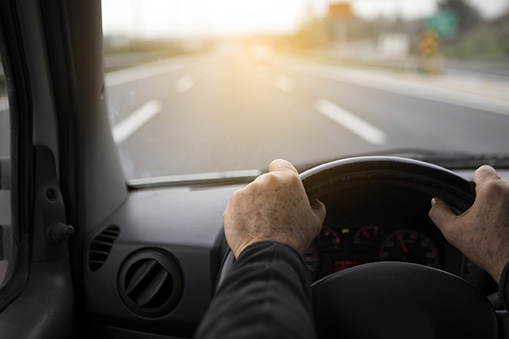
The good news is that the environment, including consequences, can be deliberately arranged to support safe driving behavior. With repeated positive experience, they become "just the person I am, concerned about the safety and well-being of myself and others, a driver who shows by my actions how much the value of safety matters in my life.” If the values and positive outcomes are visible in safe driving, they can quickly replace the old behavior, and driving safely will increase. The key to changing old habits is to find ways to reinforce new behaviors. It is often not as hard as it seems. Many people will work to avoid shaming their team with bad habits and in disappointing those they care about. We often work to increase the positive regard of others and our picture of who we are through our behavior. A company can help by celebrating good results with others; it also serves as a deterrent from increasing risky behavior for others. Many who we think do not care, do. They are not indifferent and are interested in recognizing behaviors that indicate caring for others.
Some will initially only find it necessary to drive safely because they don’t want to get fired. Rather quickly in an environment surrounded by people who understand how to shape and guide behavior, such drivers learn to identify and practice the new, better, and valuable habits for keeping people safe. They become future role models for doing the right thing, in the right way for a company and for colleagues that they care about. Transformation like this happens frequently when positive regard is shown in meaningful ways for living the core values of a good driver.
1. Schneider, S.M. (2012). The Science of Consequences. Prometheus Books, Amherst, NY (p. 15)
